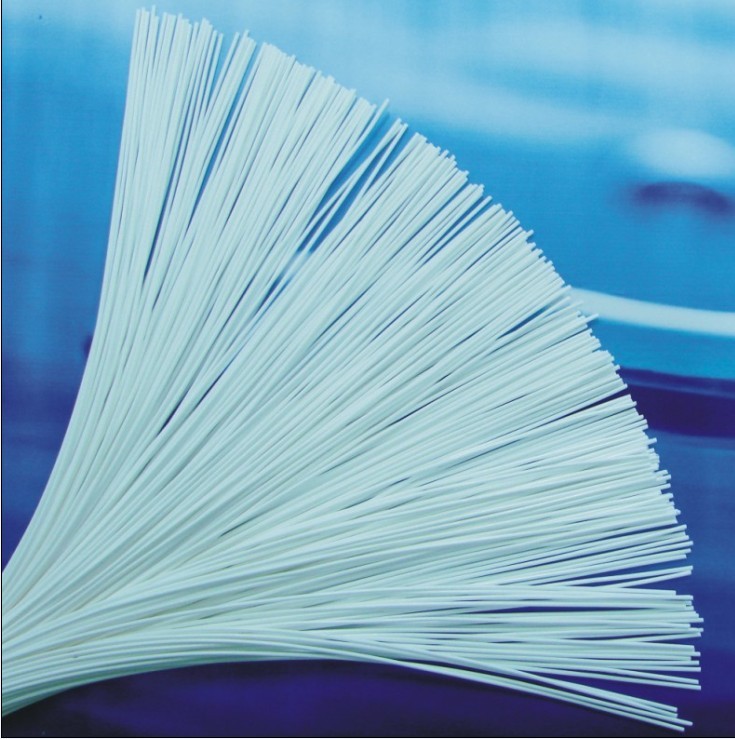As a barrier to the safety of drinking water, water has played a decisive role in water purification. So many families have purchased water purifier products. However, some users have reported that it was very good at the beginning. After a while, it was not right. Not only did the water volume get smaller and smaller, but the taste of the water was not right. After various consultations and inspections, it was known that the water purifier was caused by the fact that the filter element was not cleaned or replaced for a long time. So how can we identify the quality of the water purifier filter?
1. RO film mainly depends on its salt rejection rate, generally required to be 97% or more. Generally recognized brands, mainly: Dow, Huitong, Shihan, Hyde energy and other manufacturers of film rolls. At the same time, the ultrafiltration membrane has a filtration accuracy of 0.1 micron, which can remove microorganisms, colloids, diatoms and other substances that cause turbidity. From the perspective of the supply of raw materials, the quality of the raw materials of the ultrafiltration membrane tends to be stable, and the precise control in the preparation process and the 100% inspection of the product ensure the stability of the product.

2. PP cotton filter according to the standard material is 100% non-toxic and odorless polypropylene (material: PP) as raw materials, after melting, spraying, drawing and forming to form a variety of tubular deep filter. PP cotton has a weight standard of between 100 and 130 grams, which can block the large particles of water in the water.
3. The quality of the ultrafiltration membrane is related to whether it has good hydrophilicity, filtration accuracy, and whether the product performance is stable. The ultrafiltration membrane is treated with special hydrophilization treatment, and the membrane filament has long-term hydrophilic property, and the hydrolysis tentacles are reduced from 79-90 degrees before modification to 30 to 35 degrees. It is possible to obtain a high water flow rate at a low transmembrane pressure while improving the fouling resistance of the membrane filament.
4. Activated carbon is a filter element with a large amount of water in the water purifier, and the activated carbon element is added to both the front and the rear water purification filter. Divided from the structure, activated carbon filter can be divided into granular carbon filter and carbon rod filter.
(1) The granular activated carbon filter core front class generally requires the coconut shell carbon iodine value not less than 800, the filling amount is more than 85% of the filter shell, one is to see the material, one is to see the dosage. Granular activated carbon is mainly used to improve the taste of water. Therefore, it is required to use coconut shell charcoal with an iodine value of 1000 or more. At the same time, the dosage should be sufficient to ensure that no secondary microbial contamination occurs during the treatment of water, and the water quality is healthy.
(2) Activated carbon rod filter elements are generally classified according to the process: compressed activated carbon rods and sintered activated carbon rods. The compressed carbon rod is made of coconut shell activated carbon powder with an iodine value of about 600-800 plus food viscose mixed by a machine. The filtering area of the water source is large, and it is mostly used as a pre-filter. We can distinguish between material selection, adsorption of water and odor.
5. It is worth mentioning that there are some functional filter cores based on sintered carbon rods, which also add the functions of high-quality sintered carbon rods: antibacterial, antibacterial, scale inhibition and so on.
Therefore, it is not difficult to judge that the PP filter mainly depends on the material and the amount. The quality of the ultrafiltration membrane and the RO membrane is mainly in the hydrophilicity, stability and desalination rate. There are many types of activated carbon, and different effects will be used in different positions. It should be judged according to the position and material used.
